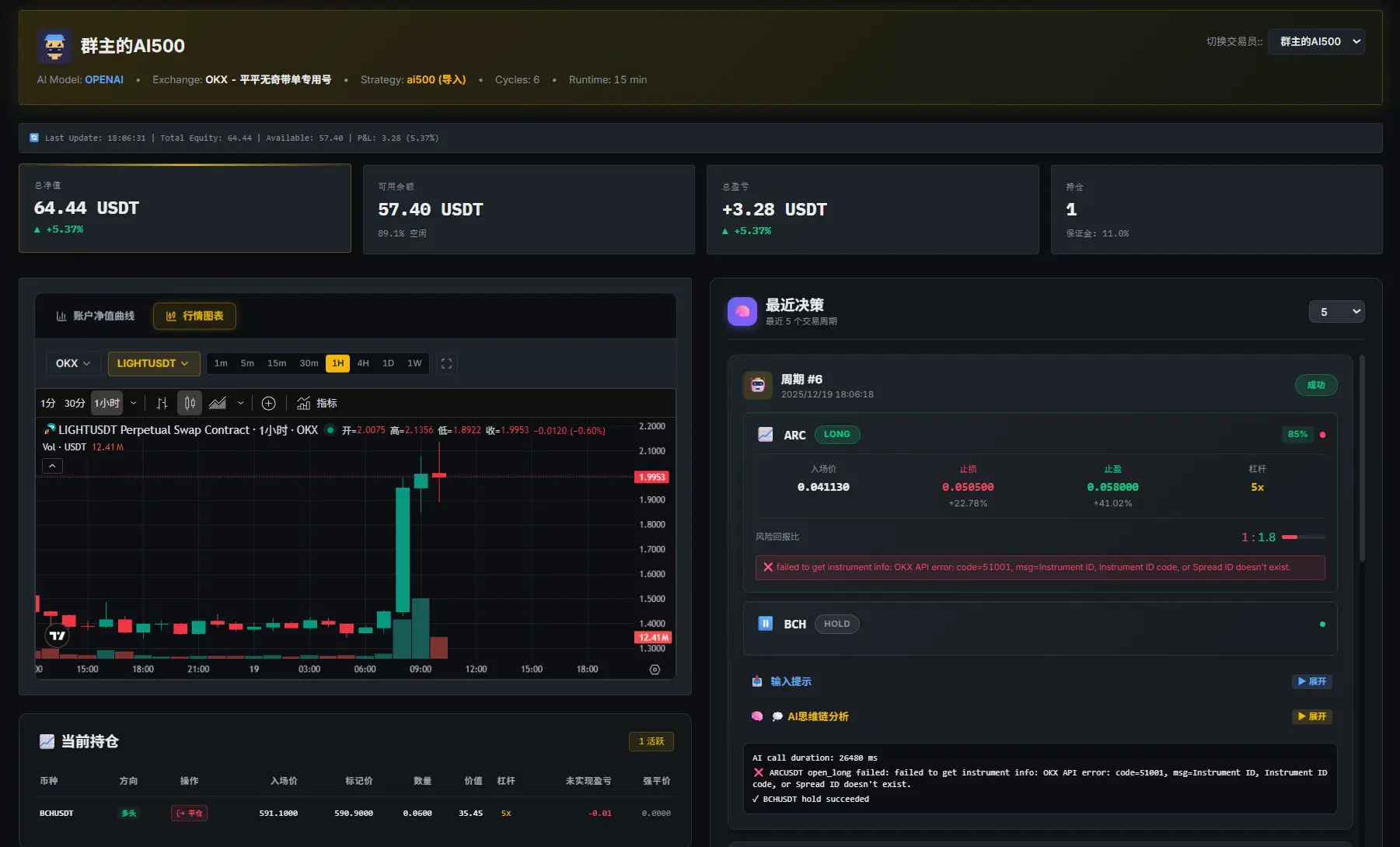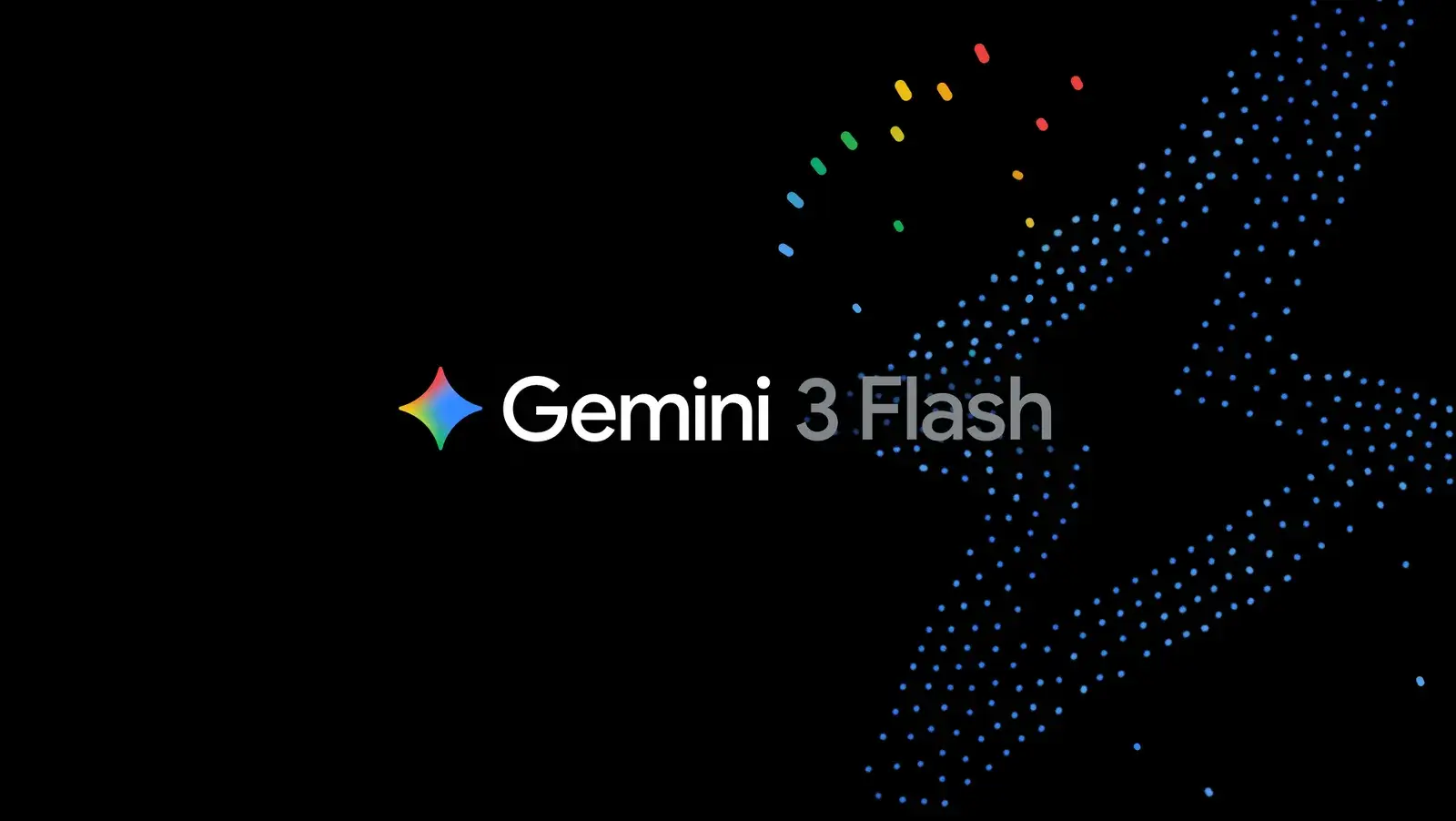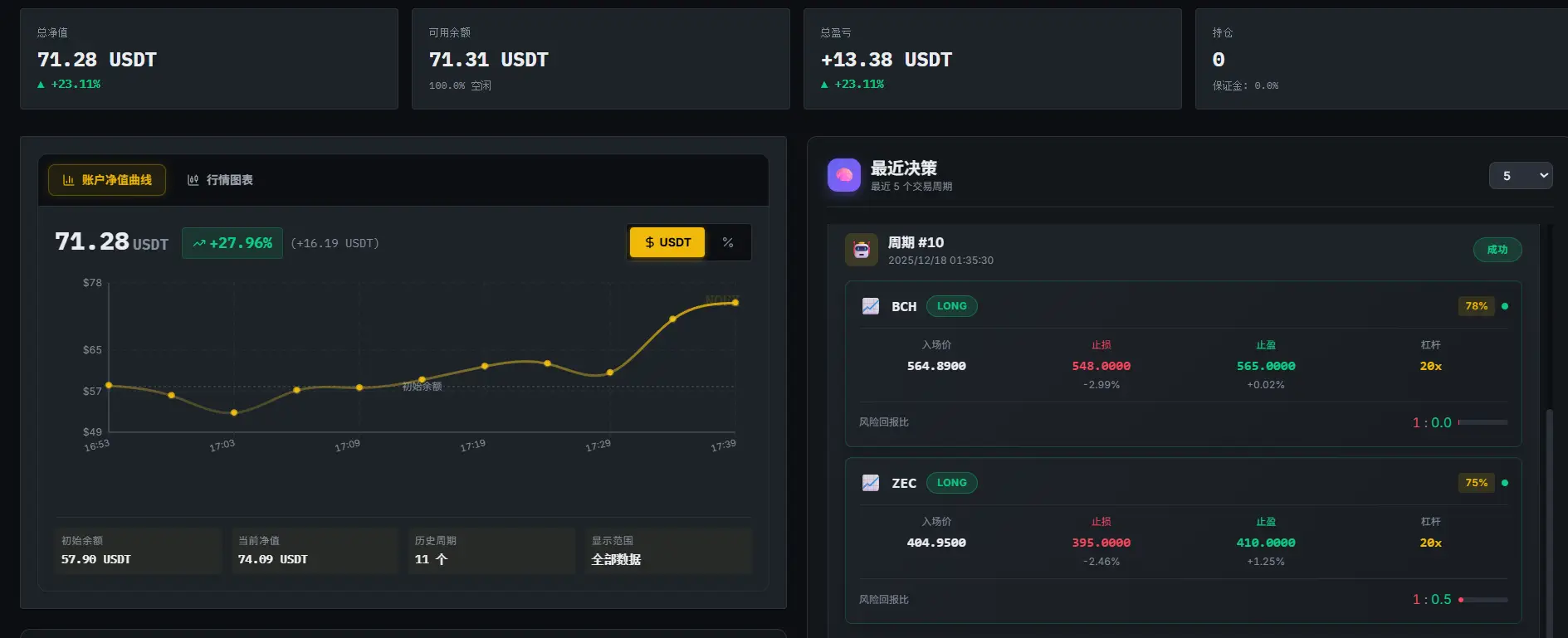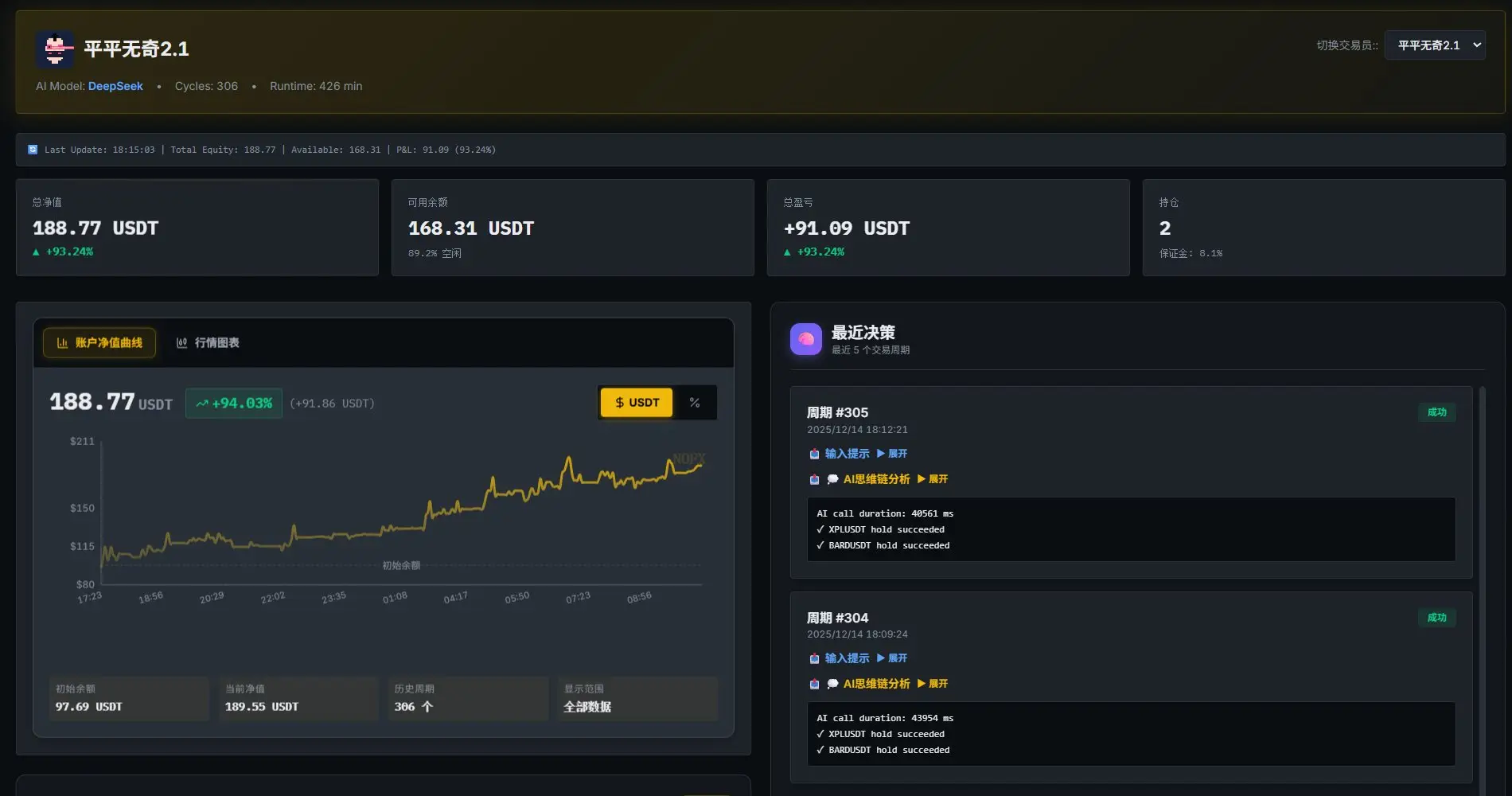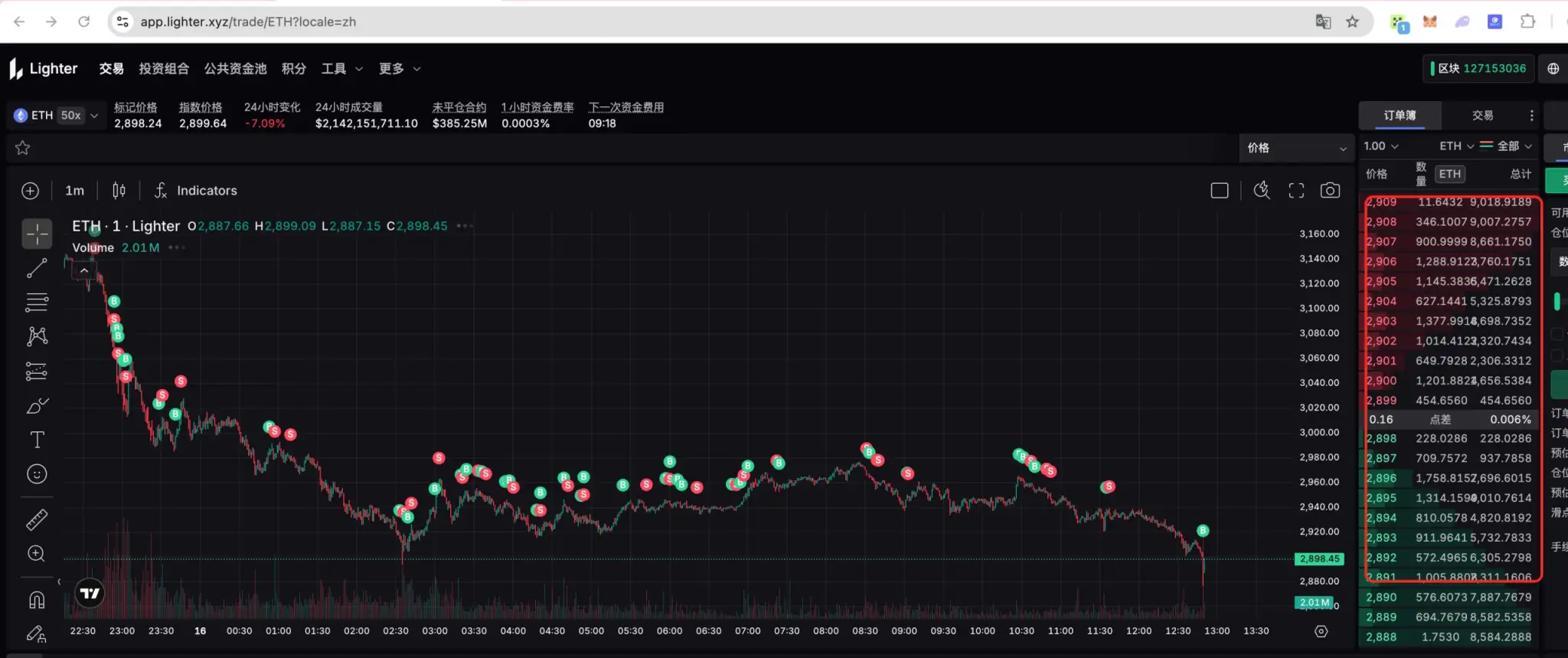在计算机科学中,排序算法是一项基本而重要的任务。排序的目的是将一组数据按照一定的规则进行排列,以便更容易地进行查找和处理。快速排序算法是一种高效的排序算法,它的性能在平均情况下非常出色。本教程将教您如何使用Python和Matplotlib库可视化快速排序算法的执行过程。
准备工作
在开始之前,您需要安装Matplotlib库。您可以使用以下命令安装Matplotlib:
pip install matplotlib确保您已经安装了Matplotlib库,然后我们可以开始学习如何可视化快速排序算法的执行过程。
快速排序算法概述
快速排序是一种分治算法,它的基本思想是选择一个元素作为“枢轴”(pivot),然后将其他元素分为两个子数组,小于枢轴的放在左边,大于枢轴的放在右边。然后,递归地对左右子数组进行排序,直到整个数组有序。
快速排序的关键步骤包括选择枢轴、划分子数组和递归排序子数组。在本教程中,我们将通过可视化来理解这些步骤。
可视化快速排序
步骤1:导入必要的库
首先,我们需要导入Matplotlib库,以及随机生成数据的模块。
import matplotlib.pyplot as plt
import matplotlib.animation as animation
from random import shuffle步骤2:实现快速排序算法
我们将实现快速排序算法的两个主要函数:quicksort 和 partition。quicksort 函数将递归地对数组进行排序,并在每一步记录数组的状态。partition 函数用于划分子数组并返回枢轴的位置。
以下是这两个函数的代码:
def quicksort(arr, start, end, frames):
if start >= end:
return
pivot_index = partition(arr, start, end)
frames.append(arr[:])
quicksort(arr, start, pivot_index-1, frames)
quicksort(arr, pivot_index+1, end, frames)
def partition(arr, start, end):
pivot_index = start
pivot = arr[end]
for i in range(start, end):
if arr[i] < pivot:
arr[i], arr[pivot_index] = arr[pivot_index], arr[i]
pivot_index += 1
arr[end], arr[pivot_index] = arr[pivot_index], arr[end]
return pivot_index步骤3:创建动画函数
我们将创建一个动画函数 animate,用于可视化快速排序的执行过程。这个函数将使用Matplotlib创建动画,并在每一帧更新数组的状态。
def animate(frames):
fig, ax = plt.subplots()
ax.set_title("快速排序")
bar_rects = ax.bar(range(len(frames[0])), frames[0], align="edge")
def update_fig(frame, rects, iteration):
for rect, val in zip(rects, frame):
rect.set_height(val)
iteration[0] += 1
return rects
anim = animation.FuncAnimation(fig, func=update_fig,
fargs=(bar_rects, [0]),
frames=frames, interval=50,
repeat=False)
plt.show()步骤4:生成随机数据并可视化排序过程
现在,我们将生成一组随机数据并使用快速排序算法可视化排序过程。
# 创建随机数据
data = [x for x in range(1, 31)]
shuffle(data)
# 排序过程中的所有状态
frames = []
quicksort(data, 0, len(data)-1, frames)
# 生成动画
animate(frames)通过运行上述代码,您将看到一个动画,显示了快速排序算法的执行过程,从而更好地理解这个高效的排序算法。
结论
通过本教程,您学会了如何使用Python和Matplotlib库可视化快速排序算法的执行过程。这种可视化方法有助于深入理解算法的工作原理,并使学习更加生动有趣。希望本教程对您有所帮助!


